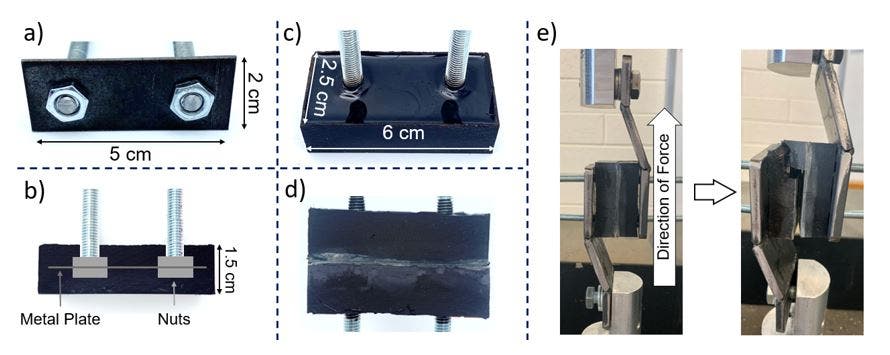Bricks — the literal building blocks of modern society. At Flinders University, rese are hard at work improving the sustainability of this classical building material. Their solution involves using waste products instead of mortar and cement to produce cheaper, more eco-friendly bricks.

The earliest bricks were sun-dried lumps of straw and mud. Later, they were kiln-fired blocks of clay and, in modern times, they came to be fashioned out of mortar and chemical ligands. The new paper, published by a team of researchers led by the Matthew Flinders Professor of Chemistry Justin Chalker, points to what the brick may become in the future.
Their work focuses on using low-cost, waste material feedstocks to produce a light yet durable polymer bricks. Apart from these advantages, this type of brick can also be bound together through a chemical reaction without the need for any extra adhesives, further reducing the costs and complexity of their production and use.
Bricking better
“In this study, we tested a new type of brick we can make from waste cooking oil, mixed with sulfur and dicyclopentadiene (DCPD). Both sulfur and DCPD are byproducts of petroleum refining. The bricks bond together without mortar upon application of a trace amount of amine catalyst,” Professor Chalker explains. “This research is part of a larger effort to move towards a sustainable built environment.”
These raw materials are cheap, plentiful, and classified as industrial waste, the team explains. Therefore, the process not only produces cheaper bricks but also offers a way to reuse certain waste products in a much more environmentally-friendly way than the disposal methods used today.
According to Prof. Chalker, there is an increasing need to develop sustainable building materials as the production of cement, iron, and steel — the main materials in use around the world today — accounts for over 15% of global CO2 emissions.
The study tested the strength of polymers produced from waste cooking oil, sulfur, and DCPD, and explored ways in which the material could be reinforced and turned into applications in construction. Some of the options for reinforcing the team considered included adding carbon fiber as filler for the bricks.
Even without such fillers, the bricks can serve as useful building materials. Their strength comes from the sulfur-sulfur bonds in the polymer they are created from. The same bonds are what allows different bricks to adhere to one another, so that they can be stuck together without the use of additional mortar. Lab shear testing revealed that the bonds between these bricks is stronger than those obtained using superglue
“The bonding in this novel catalytic process is very strong, producing a sustainable construction material with its own mortar which will potentially streamline construction,” says Dr Maximilian Mann, a research associate in the Chalker lab and co-author of the paper.
The team is now collaborating with Clean Earth Technologies to develop the bricks into a marketable commodity, and to then scale-up production and bring them to market.
Although the process through which these bricks are produced is quite different from the traditional approach to brick-making — firing — it does showcase how waste products can be repurposed into compounds that bring value to society as a whole, as well as the environment.
It’s also not the first time reserchers have explored the possibility of baking waste into something that benefits us — past efforts, for example, have looked into turning radiactive waste into glass to insulate us from their dangeorus effects.
The paper “Chemically Activated S-S Metathesis for Adhesive-Free Bonding of Polysulfide Surfaces” has been published in the journal Macromolecular Chemistry and Physics.









